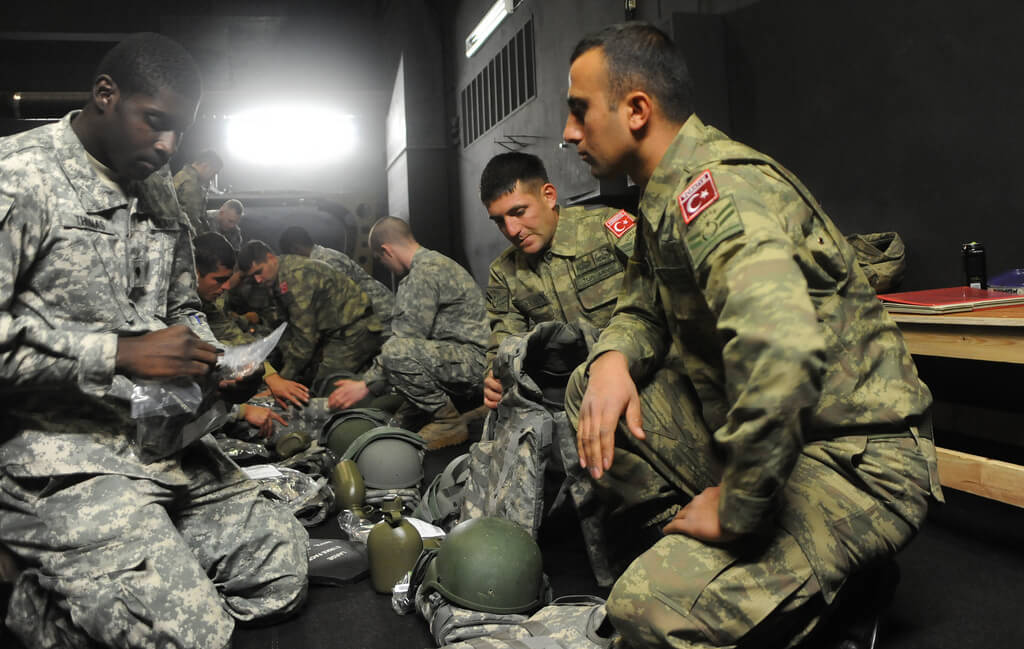The continued decline of the Canadian dollar in relation to the US dollar will intensify the budgetary incentive to abandon plans to purchase the F-35 as a replacement for the aging CF-18s. The Canadian dollar’s weakening value is largely the combined effect of declining oil prices and a strengthening US dollar. As the price of the F-35 is fixed in US dollars, the exchange rate will substantially increase the expected cost of the program.
Canada joined the Joint Strike Fighter (JSF) program in 1997, which produced the highly anticipated and controversial F-35. It has since then been the designated replacement for the CF-18 Hornet, the service life of which has been extended from 2003-2025. Any further life-extension programs would have decreasing utility with the rise in cost of spare parts, airframe maintenance, and a loss in coalition interoperability.
Previous plans to procure the F-35 were cancelled by Prime Minister Justin Trudeau in favour of “open and transparent competition.” The newly appointed Minister of Defence Harjit Sajjan contradicted Trudeau’s position in stating “I didn’t hear anything that was a categorical exclusion of the F-35.” In all likelihood, the CF-18 replacement will be subjected to a competitive evaluation that measures future challenges, operational needs, and program cost.
When the Department of National Defence (DND) conducted cost evaluations in November 2014, the total program cost for the F-35 was placed at Can $45.8 billion. This would cover foreseeable expenses for maintaining a fleet of 65 F-35s throughout the course of its 30-year service life, in addition to its operation, repair, and attrition. At the time, one Canadian dollar amounted to US $0.92.
In September 2015, the Canadian dollar had fallen to US $0.755. The cost incurred for acquisition due to the decline was an additional Can $3.2 billion. This placed the program cost of the F-35 at a total of Can $49 billion. Simultaneously, Trudeau announced that the Liberal Party would cancel the F-35 procurement plan.
With the further decline in 2016, the Canadian dollar dipped to US $0.68 on January 20, which is the lowest it has been in over ten years. If this currency rate is factored into the September 2014 evaluation, the F-35 procurement cost rises to Can $54.4 billion, which is an additional $8.6 billion. This estimate does not consider potential mitigating factors, such as the declining price of jet fuel. If exchange rates hold out at US $0.70, the program cost will remain at Can $52 billion. Some expect the Canadian dollar to decline even further this year, with an investment bank forecaster predicting rates as low at US $0.59 by the end of the 2016.
But the F-35 isn’t dead!
A weakened Canadian dollar is significant because it will mean higher costs for imports. All prospective replacements for the CH-18 are produced abroad, which means inflated prices for the Eurofighter Typhoon, F/A 18E Super Hornet, Jas Gripen 39, and any other contender.
The increased price will not necessarily exclude the F-35, since the eventual selection of a replacement aircraft does not only have budgetary significance. If the Trudeau government decides to withdraw from the JSF program, the estimated increase in unit cost is an additional US $1 million for remaining countries in the program. Due to the loss in interoperability and the acquisition history of procuring US-manufactured aircraft, a decision to opt for a non-American replacement may have a detrimental impact on US-Canadian bilateral relations and Canada’s standing in NATO. Overall, however, international responses to a possible Canadian exit have been expressive of little more than annoyance.
Additionally, Canada’s defence industries would benefit from the procurement of the F-35. According to figures from the Aerospace Industries Association of Canada, Canadian companies stand to gain Can $11 billion over the aircraft’s 30-year lifespan in contracts, which represents 2.29% of their total revenue. Also, Canada has spent an aggregate of US $309.3 million on the JSF as of 2015, which would be wasted if the government does not follow through with the original plan.
Regardless of what aircraft is selected to replace the CF-18, the decision should take into consideration force and operational requirements, future threats, interoperability, and rising cost. It should be noted that comprehensive price evaluations of alternatives to the F-35 have not yet been conducted. The allegedly affordable alternatives may have higher expected costs than originally thought. Moreover, with the Canadian dollar weak, the potential funds saved from not purchasing the F-35 may be negligible. If so, Prime Minister Trudeau’s plan to reallocate these funds to Canadian shipbuilding represents a loss on both fronts. Perhaps it is better to do one or the other well, rather than both poorly.




